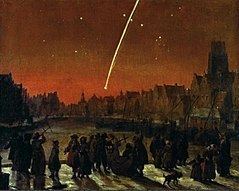Aphelion 889 AU Inclination 60.7° Discovered 14 November 1680 Semimajor axis 444 m Epoch 29 November 1680 | Discovery date 1680-11-14 Eccentricity 0.999986 Orbital period 9,362 years Last perihelion 14 November 1680 | |
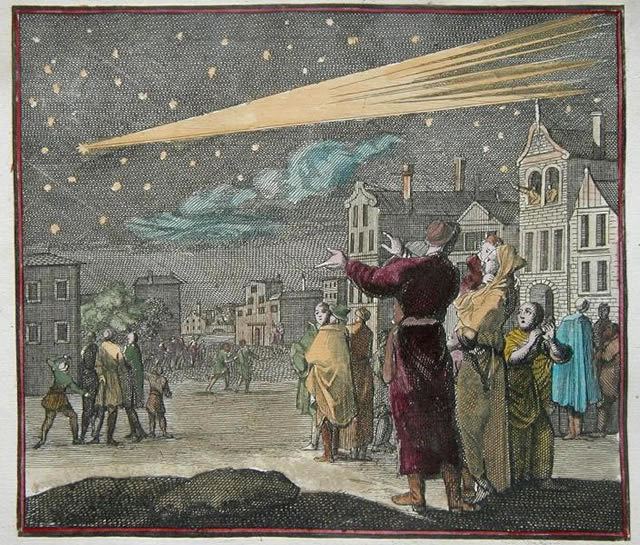 | ||
Alternativedesignations Great Comet of 1680, 1680 V1 Similar Great Comet of 1882, Great Comet of 1744, Great Comet of 1577, Great Comet of 1843, Great Comet of 1811 | ||
Is comet ison the great comet of 1680
C/1680 V1, also called the Great Comet of 1680, Kirch's Comet, and Newton's Comet, has the distinction of being the first comet discovered by telescope.
Contents
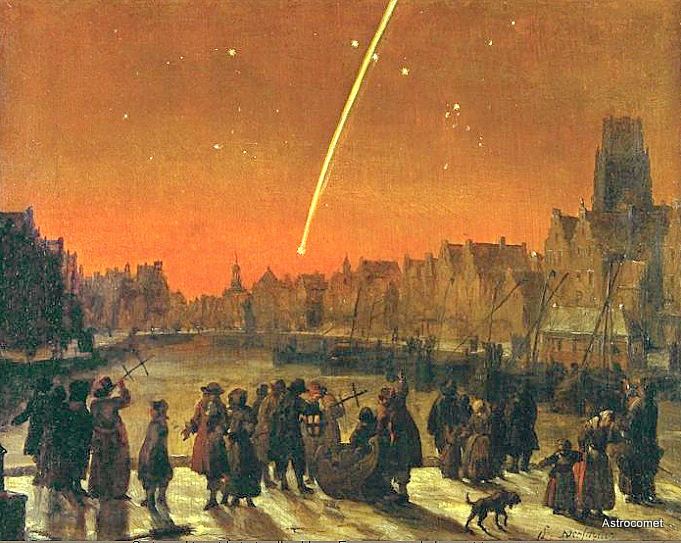
Overview
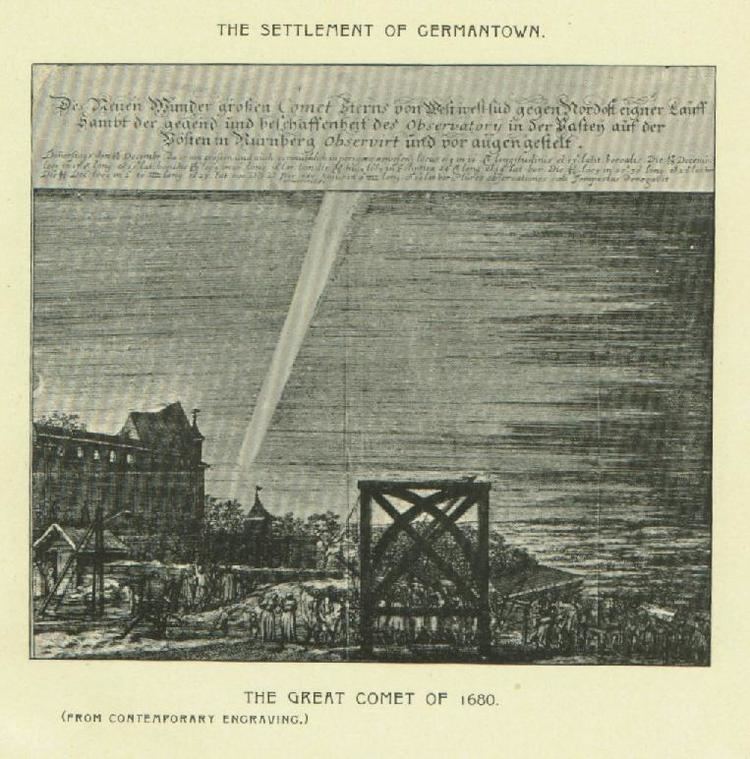
The comet was discovered by Gottfried Kirch on 14 November 1680, New Style, and became one of the brightest comets of the 17th century – reputedly visible even in daytime – and was noted for its spectacularly long tail. Passing 0.42 AUs from Earth on 30 November 1680, it sped around an extremely close perihelion of 0.0062 AU (930,000 km; 580,000 mi) on 18 December 1680, reaching its peak brightness on 29 December as it swung outwards. It was last observed on 19 March 1681. As of September 2012 the comet was about 253 AU from the Sun.

While the Kirch Comet of 1680–1681 was discovered by—and subsequently named for—Gottfried Kirch, credit must also be given to Eusebio Kino, the Spanish Jesuit priest who charted the comet’s course. During his delayed departure for Mexico, Kino began his observations of the comet in Cádiz in late 1680. Upon his arrival in Mexico City, he published his Exposisión [sic] astronómica de el cometa (Mexico City, 1681) in which he presented his findings. Kino’s Exposisión astronómica is among the earliest scientific treatises published by a European in the New World.
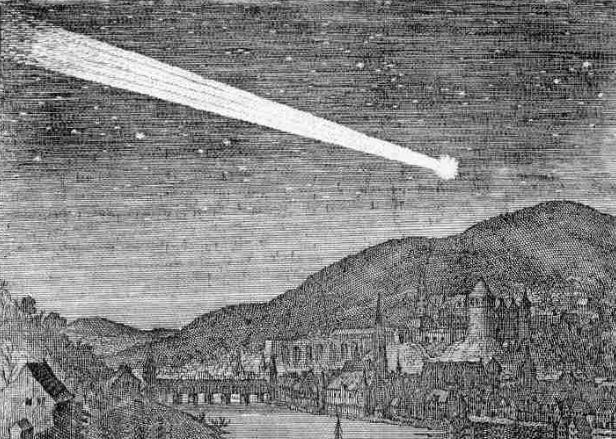
Although it was undeniably a sungrazing comet, it was probably not part of the Kreutz family. Aside from its brilliance, it is probably most noted for being used by Isaac Newton to test and verify Kepler's laws. This is actually ironic considering John Flamsteed was the first to propose that the two bright comets of 1680/1681 were the same comet, one travelling inbound to the Sun and the other outbound, and Newton originally disputed this. Newton later changed his mind, however, and then, with Edmond Halley's help, purloined some of Flamsteed's data to indeed verify this was the case without giving Flamsteed credit.

